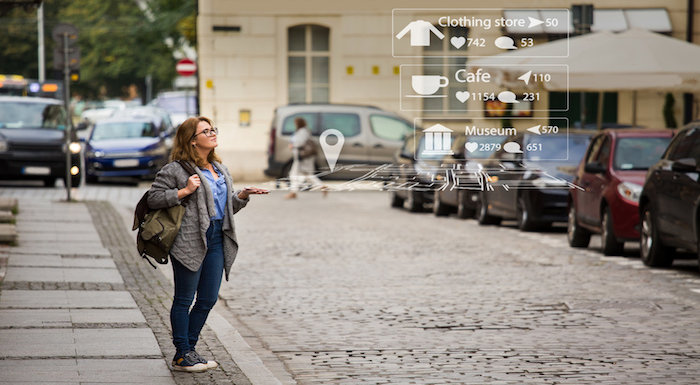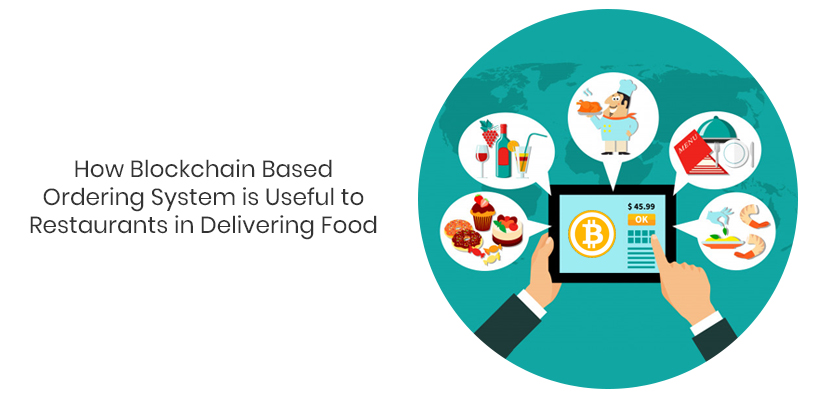
One technological innovation that has proven to be a very useful tool is blockchain, and since inception, new use cases have been discovered for the technology. Blockchain can be referred to as a decentralized distributed ledger technology with several unique features including transparency, decentralization, immutability, security. At first, it was created to bring some help to the financial industry, considering the fact that the financial industry at the time was going through challenges, and there was the need for people to have economic independence. Hence, one way of achieving that economic independence was by having a decentralized system where everyone would be in complete control of their funds and how to use it.
Further exploration of the technology by blockchain developers revealed the fact that blockchain could be integrated into different systems and business models, as a way to improve efficiency, effectiveness and the overall productivity of such systems. There have been several applications of the blockchain technology in different industries and sectors, hence, it is indicative of the fact that blockchain based applications may be the answer to a lot of problems plaguing centralized systems.
Some applications of the blockchain technology include:
- Banking
- Healthcare
- Ridesharing
- Cloud Storage
- Academics
- Forecasts
- Car Leasing and Sales
- Real Estates
- Stocks
- Entertainment/Music Rights IP
- Loyalty Programs and Gift Cards
- Energy Management
- Insurance
- Retails
- Wills and Inheritances
- Food production
- Charity
- Hedge Funds
- Critical Infrastructure Security
- Voting
- Internet Identity and DNS etc.
Another amazing use case of blockchain is for the ordering and delivery of food. Imagine the possibilities of a food delivery service that is decentralized, it is possible with a technology like blockchain.
In food delivery, the first step is usually to use a food app to place the order, and the process involves registering your name, location, and address. Then you log into the app and look for the restaurant, pick the food you want, and finish the order process by paying. When your order is done, the restaurant that gets the order goes through the process of preparing the order, while the food app company also ensures that the restaurant gets a delivery partner. It is the duty of the delivery partner to pick the food, and have it delivered to the customer.

If studied closely, you will realize that there is a supply chain from the very beginning of the order, until it gets delivered to the customer.
The Problems
Regardless of the fact that delivery services are performing well, we cannot rule out the fact that they are being critiqued by the public. Many of the restaurants are dealing with commissions that are pretty high, and the couriers have raised complaints about the subpar working conditions where they are exploited, as well as the bad salaries that they receive.
Ordinarily, it is expected that there would be a lot of profits from the industry because it is highly rated and has a growth process that is fast. However, the fast growth is indicative of the fact that more personnel will be needed, and there will also be the need to employ new staff to deal with the sales, administration, planning, marketing, and delivery of the service. Hence, with fast growth comes more cost needed in keeping the business afloat.
The high operating expenditures coupled with the competition is making it difficult for the industry to thrive as it should, because there is the need for financial survival while taking the customers and the competition into consideration.
We cannot overemphasize how unreliable the supply chain in this industry is, because there are issues of trust to pay attention to. The customer does not trust the hygienic conditions of the food preparation, and the restaurant, in turn, does not know the quality of material used in preparing the food. If there is the discovery that some compromise has happened, it could cost the restaurant several customers and a bad review, which in turn could bring the restaurant down.
Blockchain Solutions
Decentralization is the key to solving the problem of having to do with unnecessary commissions and fees. With a decentralized system, the power is taken from the central authority, and then distributed to the customers, hence, every transaction that takes place will not have to go through the involvement of several 3rd parties and intermediaries, and thus reduces the cost of having expensive agents.
The order and delivery process becomes a peer-to-peer business, with a payment transaction that is safe and secure. Furthermore, with the implementation of smart contracts, it would make it easy for the restaurant to verify that the materials they are getting are of the right quality.
With the blockchain technology, it is easy to carry out verification and security checks of the restaurant and delivery partner. Licenses and documents of the delivery agent and restaurant can be verified with the blockchain, and when irregularities are discovered, the admin can be alerted. Furthermore, payments between the players in the order and delivery process can be made quickly with the aid of the blockchain technology, which is a way to facilitate a seamless process of doing business and making payments.
At the moment, researches are still being carried out about the blockchain technology and possible use cases, however, the use in food ordering and delivery is not limited to what has been mentioned above.
It is interesting to see how well the blockchain technology has performed thus far, and knowing that there are several use cases for it other than as the underlying technology for cryptocurrency makes it even better. Various industries that have adopted the use of technology have had nothing but good to say about the integration. The food ordering and delivery industry need the blockchain app development in order for the industry to perform well and beyond expectations of people, the growth rate can increase, and more profits made.

